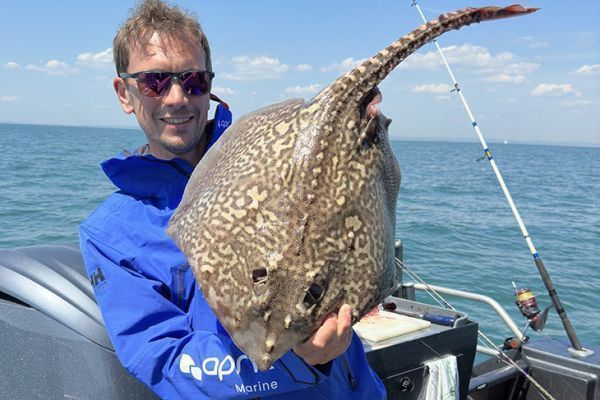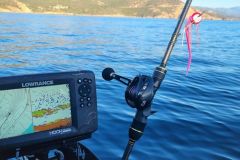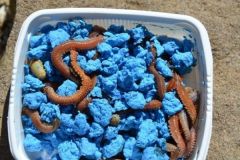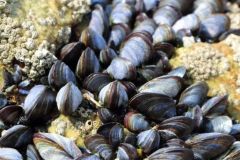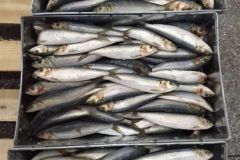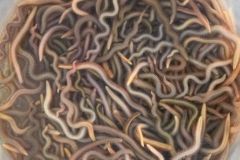France is home to almost twenty species of stingray, including the curly stingray, the brown stingray, the soft stingray, the flowering stingray and the dangerous, venomous stingray. Viewed from above, the body is diamond-shaped. Large, wing-like fins are characteristic of the stingray family. They enable it to put its whole body in opposition to the line. This is what makes the fight so powerful and so rich in sensations on fine line.

Stingray spotlights
On the chart, small letters indicate the nature of the seabed. The letters Sh stand for Shells. The area around this symbol is therefore ideal for the presence of the curly ray. The rays dig into the substrate to dislodge the menu of shellfish, gastropods, worms and crustaceans. But a piece of fresh fish is a godsend!
Mackerel, best used fresh
Mackerel is an oily bait with a strong scent that can be perceived from a distance by predators. Indeed, this bait appeals to many predators, including gilthead bream and sea bass. But skate are particularly fond of this oily fish all year round.

Simple slide assembly
Curly skate can be targeted using a bottom rig with a medium-sized stack (20 to 40 cm), particularly effective when landed. The mackerel is then cut into sections and pricked once by the back, in the middle, to prevent it from twisting in the current. The slices are a full centimetre thick. Fresh mackerel is highly recommended for a good hook hold. Thawed mackerel have a very poor hook-hold in water.
Step-by-step assembly
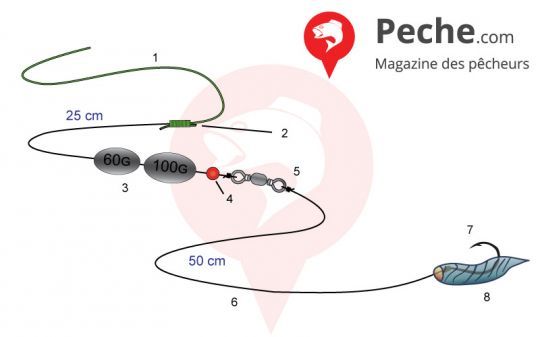
- Reel: 0.14 mm braid
- braid-fluorocarbon connection, "smooth" knot
- 1 or 2 olives, total weight 50 to 200 g depending on current
- round pearl
- swivel
- nylon 0.40 to 0.50 mm
- octopus hook n°1 to 1/0
- mackerel slice
The ray attacks twice
The hook may be simple, but the advantage of the triple is that it is easier to sting the ray when it is pressed to the ground to trap its prey. With this particular attack technique, it uses the entire surface of its body and massive wings to crush its prey. The end of the attack is blind, as her eyes are on the opposite side, facing upwards. She spots her prey from a distance, traps it and then checks what's left in her net.
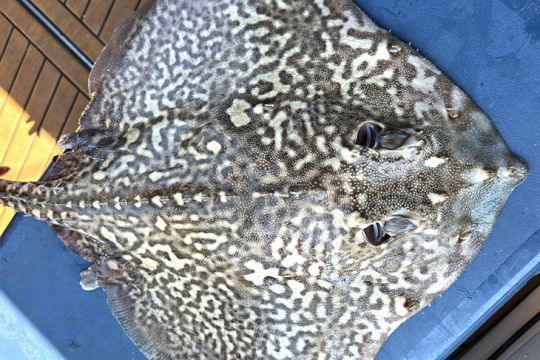
Skate can sometimes be fished by the wings or around the mouth, and this is where the treble hook becomes interesting.
